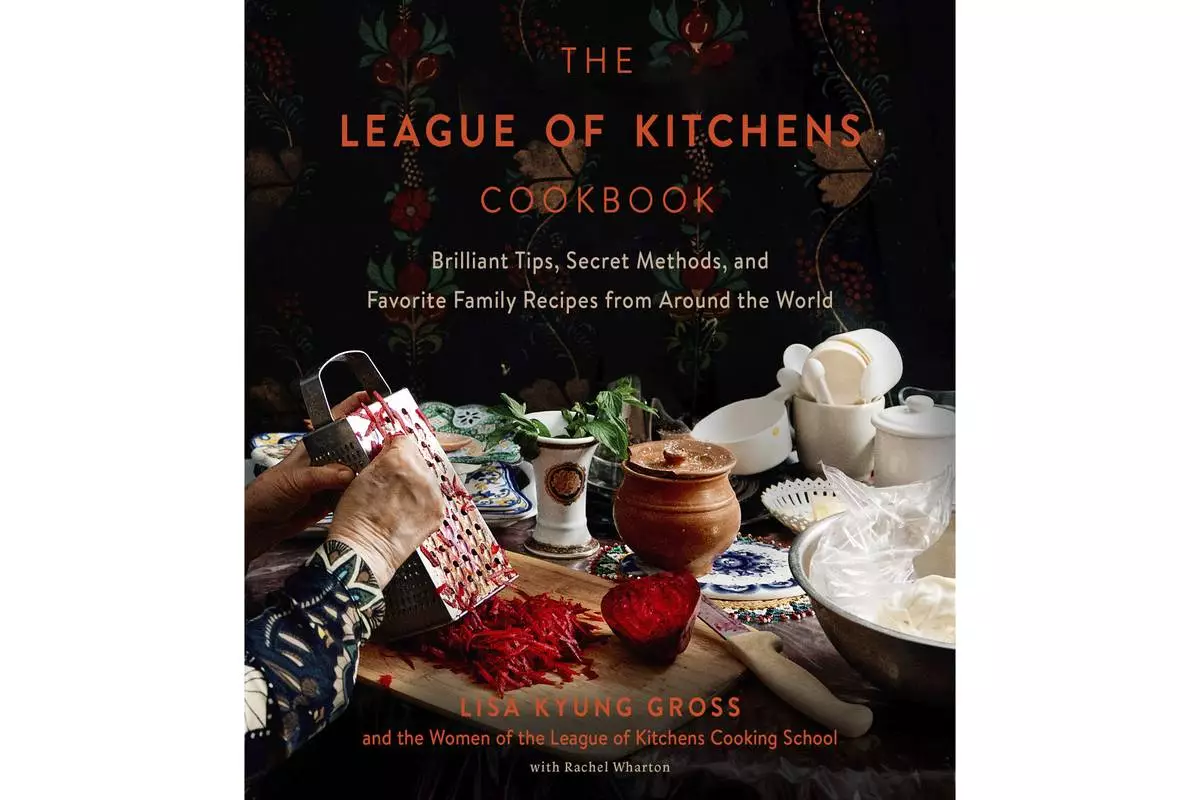MIAMI GARDENS, Fla. (AP) — Last season, the Miami Dolphins were known for their big-play offense.
It made sense that the Dolphins led the league in plays of 10- and 50-plus yards. They have the fastest receivers in the NFL with speedsters Tyreek Hill and Jaylen Waddle, as well as some of the league's quickest running backs with Raheem Mostert and De'Von Achane.
This season, Miami's offense has changed. As defenses have keyed on limiting those big plays by keeping two safeties deep, the Dolphins have traded dynamic offense for long methodical drives, which was on display in their win over the Las Vegas Raiders on Sunday.
“That’s something that we’ve been talking about since the start of the offseason," coach Mike McDaniel said, "in conjunction with forecasting how do we win elimination games, how do you win down the stretch. How do you win down the stretch of the season? You have to adjust to what is being presented to you.”
Three of Miami's drives on Sunday were 14 or more plays and lasted longer than seven minutes. They had another drive that went 10 plays over 5:44. Three of four resulted in touchdowns.
They only had seven possessions, but they were efficient— a show of how the unit led by quarterback Tua Tagovailoa has evolved from a quick-strike approach to a ball control offense.
Tagovailoa said this new-look offense is a product of his growth as well. He leads the NFL with a 73.4% completion rate and was 28 for 36 for 288 yards on Sunday, spreading the ball to nine different receivers.
“I think what’s been different with the quarterback play is now not trying to force things down the field if it’s not there,” he said. “Taking the checkdowns, allowing our runners in space to go get first downs. Hopefully they can break a tackle and you can use that also as essentially a run play if you look at it in that sense.”
One pitfall this season is the Dolphins haven't gotten the ball to Hill and Waddle as much, as teams continue to double-team them. As a result, the two are having their least productive seasons as pros.
Hill had 61 receiving yards and a touchdown on Sunday, giving him TD catches in consecutive games for just the first time this season, while Waddle had two receptions for 37 yards.
That extra attention to the NFL's most productive duo in 2023 has often opened up opportunities for other open receivers.
That has often been Achane, who leads the team in receptions (46) and carries (122). Achane had 73 yards rushing on 17 carries and four catches for 32 yards with a 2-yard TD run on Sunday.
Tight end Jonnu Smith has also emerged as a key piece to the offense over the past two games with nine catches on 12 targets for 146 yards and two touchdowns.
“That’s our brand of football,” Smith said of the sustained drives. “That’s who the Miami Dolphins are offensively.”
McDaniel hopes the efficiency will open up more big plays the rest of the season, as they've been hard to come by. The Dolphins had one 50-yard play in the fourth quarter against Las Vegas.
“Explosives are an important part of winning football,” McDaniel said, “just because it’s hard to execute play-in, play-out at 5 yards a tick. But if a defense wants to commit to playing keep-the-ball-in-front-of-you defense, then you have to execute in the ways we did and have long drives to force them to be a little riskier.”
The Dolphins were 8 of 12 on third down and converted both of their fourth down attempts. During its two-game winning streak, Miami has converted 56% of its third downs.
Many defensive players were critical of their third down defense after allowing the Raiders to convert 57% of them. Gardner Minshew was able to get into a rhythm and keep Las Vegas' offense on the field. He threw two touchdowns on third down.
“We need to improve there,” safety Jevon Holland said.
TE Jonnu Smith. The veteran caught two touchdowns, including a 57-yard TD in the fourth quarter, for a career-high 101 receiving yards on six receptions. Smith is the only Dolphins tight end since the 1970 merger to have 100 or more receiving yards with two TD catches in a game.
CB Cam Smith. Miami's 2023 second-round pick played only eight snaps despite the Dolphins missing starting cornerback Kendall Fuller because of a concussion. Undrafted rookie Storm Duck was Miami's No. 3 cornerback with 36 snaps behind Jalen Ramsey and Kader Kohou. Smith has allowed 12 of 15 catches for 134 yards in coverage this season.
RB Raheem Mostert injured his hip in the first quarter and did not play much the rest of the game.
30 — The Dolphins scored at least 30 points for the first time this season and the most since scoring 30 on Dec. 17, 2023, against the Jets.
500 — Number of Dolphins franchise wins after Sunday, making them the 19th NFL organization with that many victories.
The Dolphins host New England on Sunday. They beat the Patriots without Tagovailoa in Week 5.
AP NFL: https://apnews.com/hub/nfl

Miami Dolphins tight end Jonnu Smith (9) catches a pass ahead of Las Vegas Raiders cornerback Decamerion Richardson (25) during the second half of an NFL football game, Sunday, Nov. 17, 2024, in Miami Gardens, Fla. (AP Photo/Rebecca Blackwell)

Miami Dolphins tight end Jonnu Smith (9) scores a touchdown as Las Vegas Raiders safety Isaiah Pola-Mao (20) is late with the tackle during the second half of an NFL football game, Sunday, Nov. 17, 2024, in Miami Gardens, Fla. (AP Photo/Rebecca Blackwell)

Miami Dolphins head coach Mike McDaniel speaks at a news conference after an NFL football game against the Las Vegas Raiders, Sunday, Nov. 17, 2024, in Miami Gardens, Fla. (AP Photo/Rebecca Blackwell)

Miami Dolphins quarterback Tua Tagovailoa (1) celebrates a touchdown pass to Miami tight end Jonnu Smith (9) during the second half of an NFL football game against the Las Vegas Raiders, Sunday, Nov. 17, 2024, in Miami Gardens, Fla. (AP Photo/Rebecca Blackwell)











